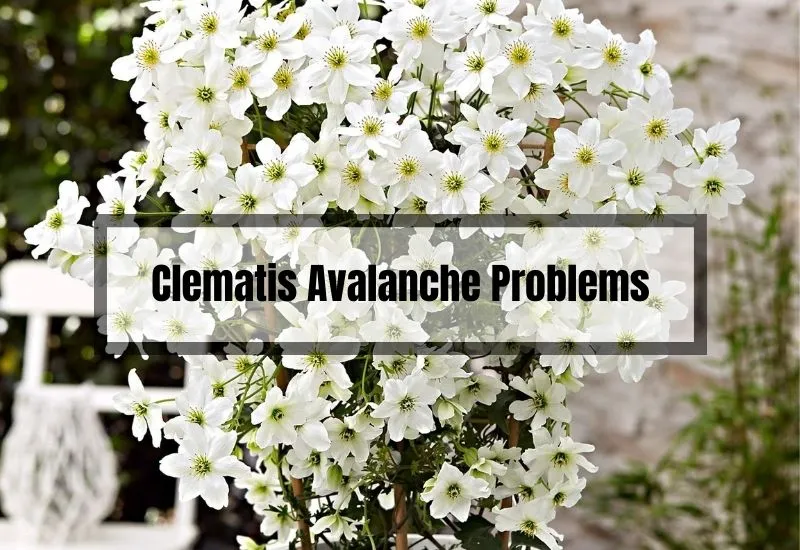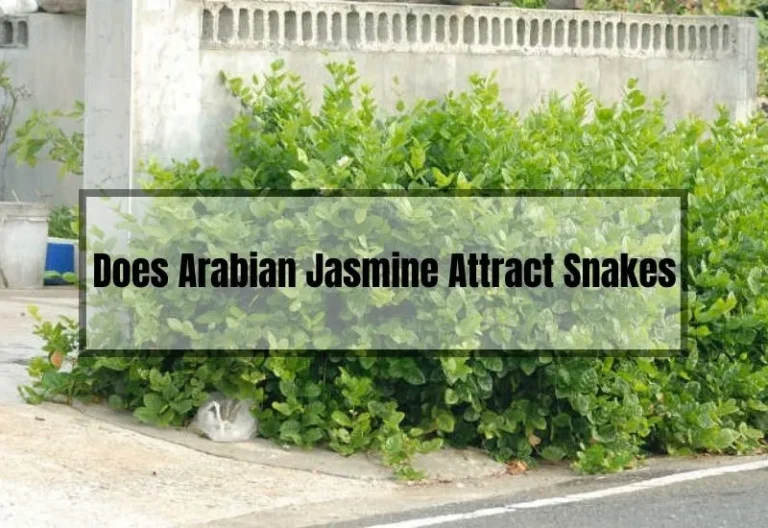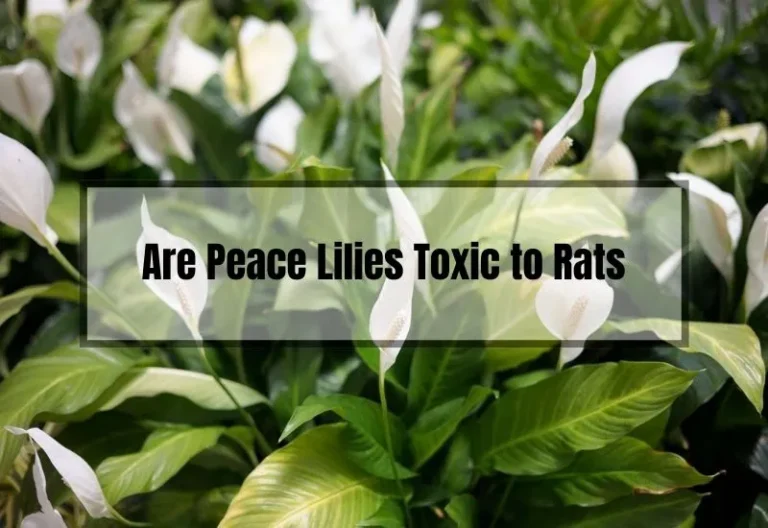Clematis Avalanche Problems: Overcoming Common Issues in Your Garden
Hey there, fellow gardening enthusiasts! I’m excited to talk about one of my favorite flowering plants today: the Clematis Avalanche. This stunning, evergreen climber brings an enchanting touch to any garden with its beautiful, star-shaped flowers.
However, just like any other plant, it can face its fair share of problems. That’s why I’m here to give you the lowdown on common issues and how to overcome them so that your Clematis Avalanche flourishes in your garden. Let’s dive in!

Clematis Avalanche Problems
Common Issues Faced by Gardeners
As much as we all love our Clematis Avalanche, we have to admit that it’s not always smooth sailing. Here are the top three issues gardeners usually face when growing this lovely plant:
- Pests and diseases
- Environmental factors
- Poor maintenance practices
But don’t worry, I’ve got your back! We’ll go through each of these issues and discuss strategies for prevention and treatment so that your Clematis Avalanche remains the star of your garden.
Strategies for Prevention and Treatment
Now that we know the common issues faced by gardeners, let’s dive into the solutions that can help you keep your Clematis Avalanche healthy and blooming.
Addressing Pests and Diseases
Common Pests Affecting Clematis Avalanche
Unfortunately, pests are a part of every gardener’s life. When it comes to Clematis Avalanche, here are the usual suspects:
- Aphids: These tiny, sap-sucking insects can cause stunted growth and distorted leaves. Keep an eye out for them on the undersides of leaves.
- Spider mites: These microscopic pests can cause yellowing or browning of leaves, and they love to hang out in warm, dry conditions.
- Slugs and snails: These slimy critters can leave holes in the leaves and stems of your Clematis Avalanche, especially during wet weather.
Common Diseases Affecting Clematis Avalanche
Just like humans, plants can fall victim to diseases too. Here are some common ones that can affect your Clematis Avalanche:
- Clematis wilt: This fungal disease causes leaves to turn black and wilt, often resulting in plant collapse.
- Powdery mildew: This fungal disease appears as a white, powdery coating on the leaves and stems, which can cause distortion and stunted growth.
- Root rot: Caused by fungi, this disease affects the plant’s roots, leading to yellowing leaves and plant death if left untreated.
Integrated Pest Management Strategies
To keep your Clematis Avalanche safe from pests and diseases, try these integrated pest management strategies:
- Regularly inspect your plants for signs of pests or diseases.
- Encourage natural predators, such as ladybugs, to visit your garden.
- Use organic or chemical treatments, such as insecticidal soap or neem oil, as needed.
- Remove and dispose of infected plant parts to prevent the spread of diseases.
Navigating Environmental Factors
Appropriate Planting Location
Choosing the right spot for your Clematis Avalanche is essential for its health and growth. Consider these factors when picking a location:
- Sunlight requirements: Clematis Avalanche needs at least six hours of sunlight per day, so make sure it’s not shaded by larger plants or structures.
- Soil type and drainage: Well-draining soil is crucial for preventing root rot. You can improve drainage by adding organic matter or sand to the planting area.
Temperature and Humidity Concerns
- Winter protection: Although Clematis Avalanche is frost-tolerant, it’s a good idea to protect the plant during harsh winters by applying a thick layer of mulch around the base or using a frost protection cover.
- Heat stress: Excessive heat can stress your Clematis Avalanche, so provide some afternoon shade if you live in an area with hot summers. You can also keep the roots cool by adding a layer of mulch around the base of the plant.
Watering and Fertilization Best Practices
- Watering: Clematis Avalanche prefers consistent moisture, so water regularly, especially during dry spells. Be careful not to overwater, as this can lead to root rot.
- Fertilization: Feed your Clematis Avalanche with a balanced fertilizer in early spring and again in mid-summer to support healthy growth and flowering.
Proper Maintenance Practices

Pruning and Training Techniques
Pruning is essential for keeping your Clematis Avalanche looking its best and promoting vigorous growth.
- Types of pruning: Clematis Avalanche falls under pruning group 1, which means it requires minimal pruning. You’ll mainly want to focus on removing dead or damaged wood and shaping the plant as desired.
- Best time for pruning: The ideal time to prune your Clematis Avalanche is late winter or early spring, just before new growth starts.
Mulching and Weed Control
- Benefits of mulching: Adding a layer of mulch around the base of your Clematis Avalanche has numerous benefits, such as retaining moisture, regulating soil temperature, and suppressing weeds.
- Weed prevention strategies: Regularly check for and remove weeds around your Clematis Avalanche, as they compete for nutrients and can harbor pests and diseases.
Monitoring Plant Health and Growth
Stay vigilant and keep an eye on your Clematis Avalanche to ensure it’s growing healthily. Watch for any signs of pests, diseases, or environmental issues, and address them promptly to keep your plant in tip-top shape.
Frequently Asked Questions (FAQs)
Can Clematis Avalanche grow in containers?
Yes, Clematis Avalanche can be grown in containers, making it an excellent option for patios or balconies. Just make sure to choose a large container with good drainage and use well-draining potting soil.
How long does it take for Clematis Avalanche to bloom?
Clematis Avalanche typically starts blooming in its second year after planting. Once established, the plant will produce an abundance of flowers from late spring to early summer.
How can I encourage more blooms on my Clematis Avalanche?
To encourage more blooms, make sure your Clematis Avalanche is getting enough sunlight, water, and nutrients. Regularly deadhead spent flowers to promote new growth and apply a balanced fertilizer during the growing season.
Are there any companion plants that work well with Clematis Avalanche?
Clematis Avalanche pairs well with a variety of plants, such as roses, shrubs, or other climbers. You can also grow it alongside plants with contrasting foliage or flower colors to create a visually striking garden display.
Conclusion
By now, you should have a solid understanding of the common problems faced by Clematis Avalanche and how to overcome them. Armed with this knowledge, you can confidently tackle any challenges that come your way and help your Clematis Avalanche thrive in your garden.
Remember, a little bit of patience and dedication can go a long way in turning your garden into a beautiful sanctuary filled with enchanting blooms. Happy gardening!





